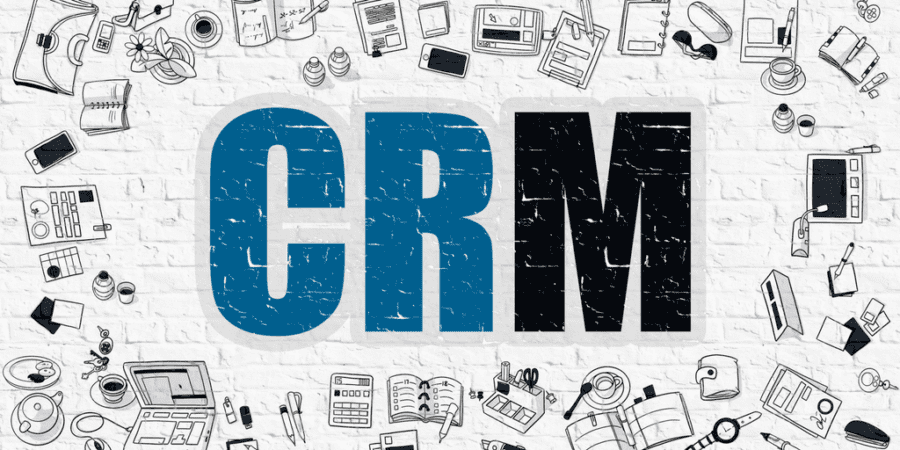 In this post we provide you with seven ways you can improve the quality of your data and ensure it is fit for purpose.
In this post we provide you with seven ways you can improve the quality of your data and ensure it is fit for purpose.
Constantly improving upon the quality of your data is essential to remain ahead of your competition. Failure to keep your data up to date will result in a 30% erosion in the value of your most valuable asset, your data, which is why it’s imperative to manage and maintain it effectively. What’s more, as explained by Experian, 99% of marketers feel driven to turn data into insights, yet 75% of organisations believe inaccurate data is undermining their ability to provide an excellent customer experience.
It’s impossible to provide outstanding customer experience with inaccurate or incomplete customer data. However, improving the quality of your CRM data doesn’t have to be costly or time consuming. Here’s how you can effectively improve the quality of your CRM data…
- Set goals.
Be sure to identify what it is you want to achieve, be it to increase leads, conversions, develop a product or service and to maintain regular communication with suppliers, partners, prospects and customers. Once you’ve outlined this, you can begin to understand which data will deliver the information required to provide you with actionable insights. This will allow you to focus your efforts, collecting and measuring the data that has the most impact, only then will your data be fit for purpose.
- Define a process.
Businesses with a CRM solution have the technology required to manage their data effectively, but if there are no processes in place, the quality of your data will soon deteriorate. Once you’ve outlined what it is you want to know and what data you need to collect, you need to create a process that makes all staff responsible for the collection, management and maintenance of your CRM data. It’s important to clearly define what quality you expect, what needs to be input from each employee before they’re expected to hand the data to a colleague within a different department. To do this you must understand the workflows of each department and employee to create a process that increases productivity and results.
- Embed it into your company culture.
For every staff member to take responsibility for updating the CRM data, a CRM strategy must be implemented successfully. Everyone in the company needs the relevant training and must understand the impact the data can have to the next consumer of that data, including the benefits, not just to the business, but for them too. Successful adoption of the CRM solution you have or choose, will need the support and backing from top-level management, all the way down for it to become embedded within the company culture and for all staff to utilise the system correctly.
- Develop your solution.
The data users input must be consistent. Help users by developing the system to include pre-defined drop-downs to aid consistency and reduce errors (e.g. titles, industry, country), along with trigger alerts to ensure users don’t create duplicate records. Completeness and validity checks can be applied within the system to ensure nothing is missed, it also helps users as processes become easier to follow, which essentially saves you time and money, while improving the quality of your data.
- Appoint a data steward.
It’s important to understand data management should be shared with all employees who capture, access, manipulate and update CRM records. However, having a “go-to” person who knows the systems and processes inside out is ideal as it increases adoption rates and makes it easier to align all activities so all departments can work together towards the same goal. Appoint a CRM data steward to conduct spot-checks to identify issues and improve workflows, this should help create a consistent level of data quality.
- Track email deliverability.
We mention email specifically, as it’s a powerful marketing tool. However, it’ll only prove successful if you have accurate, up-to-date contact data. By tracking returned or bounced emails, you can not only monitor data accuracy, but create a list of contact records that need updating, allowing you to monitor the quality of your data and improve upon it.
- Manage, maintain, clean and segment your data.
If you have a large amount of data you need to clean or segment, there are various data quality tools that can help. With duplicate free, accurate data in your CRM system, your business will be well informed and have the ability achieve a Single Customer View. Using a data quality tool will put you in control of how you manage the data in your CRM system.
